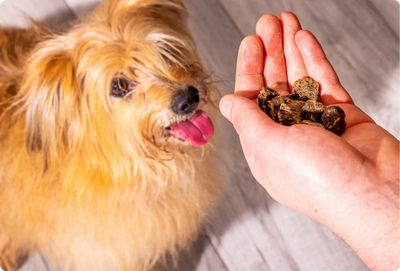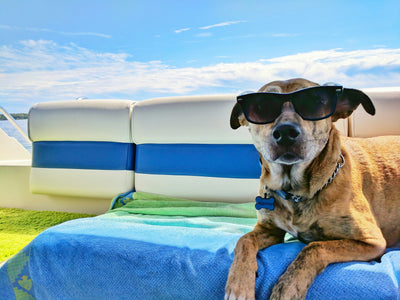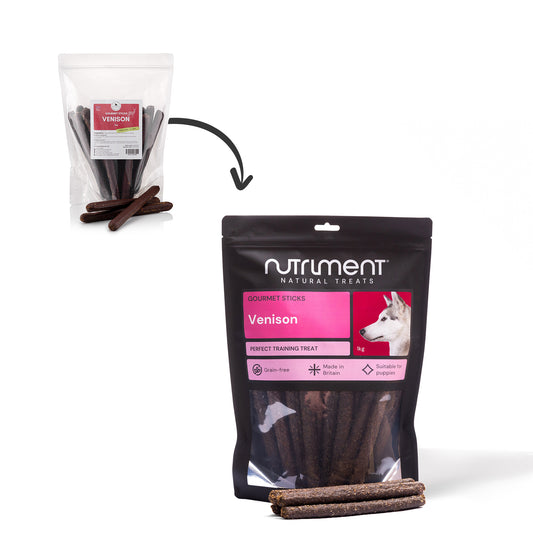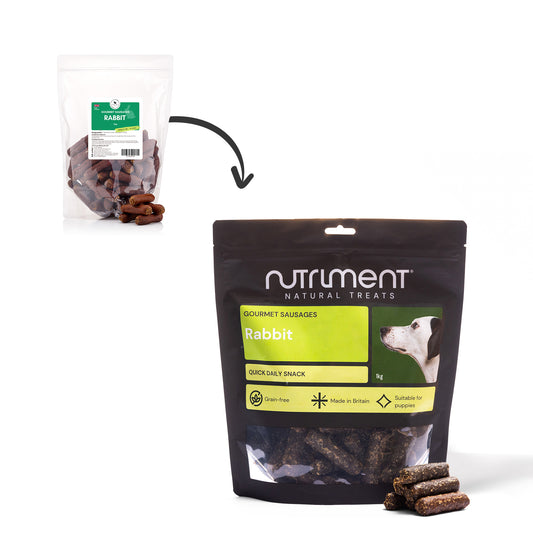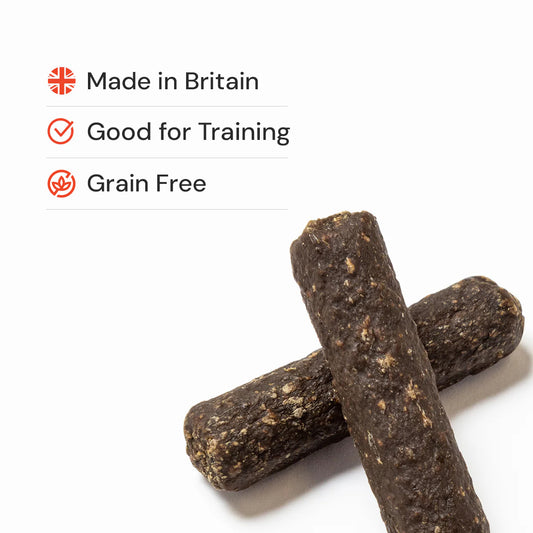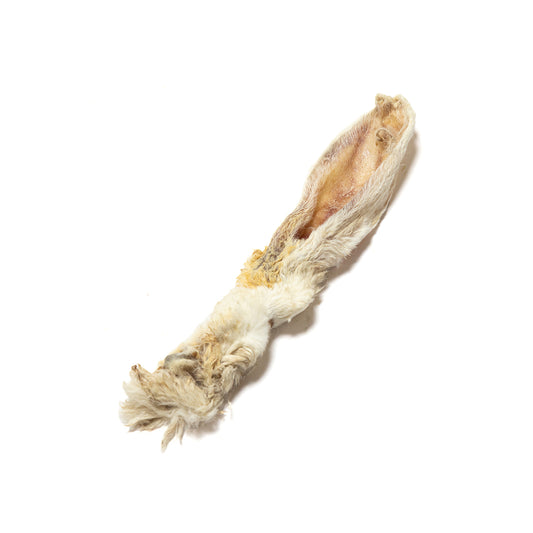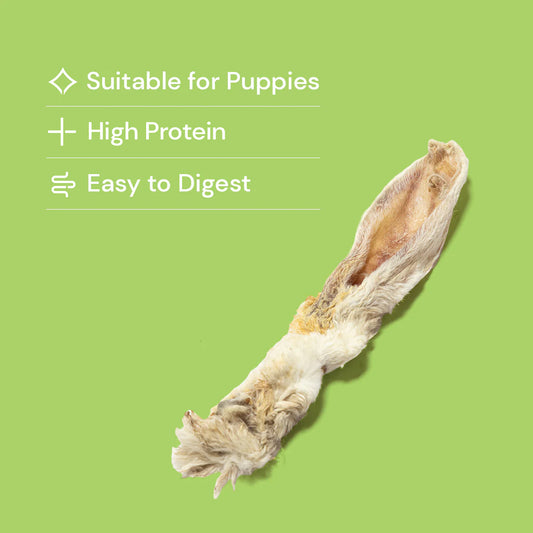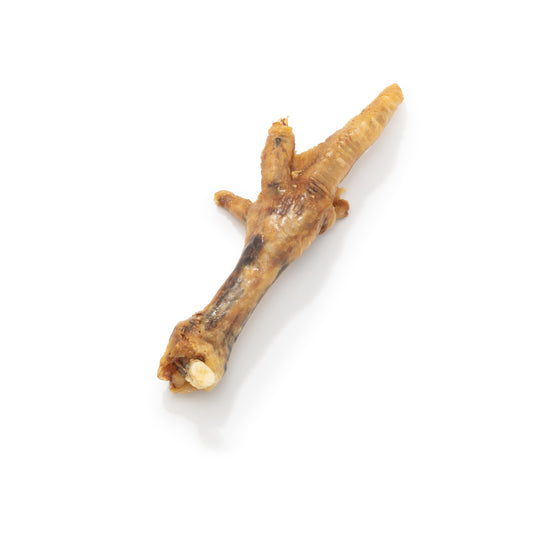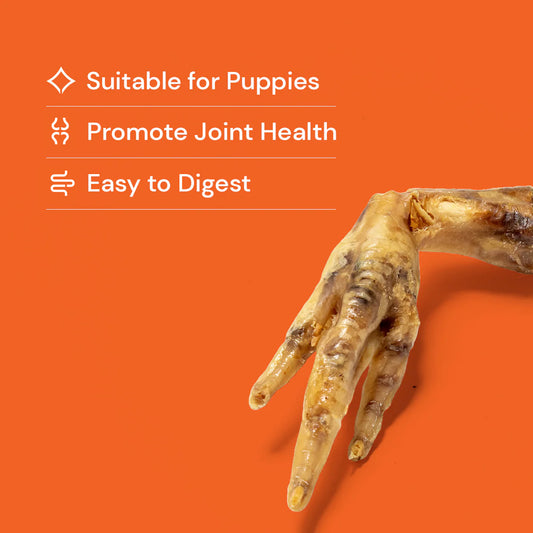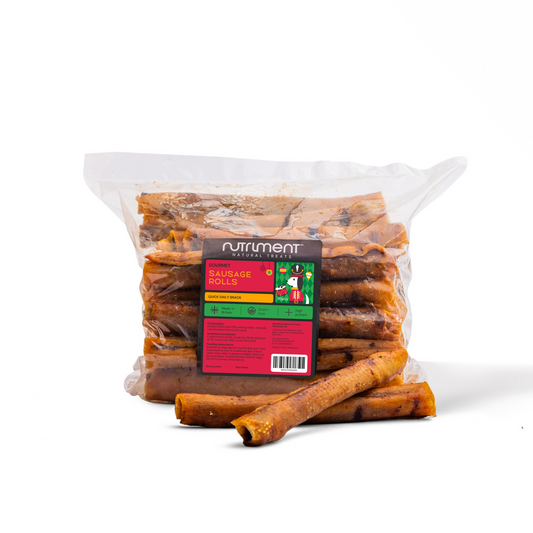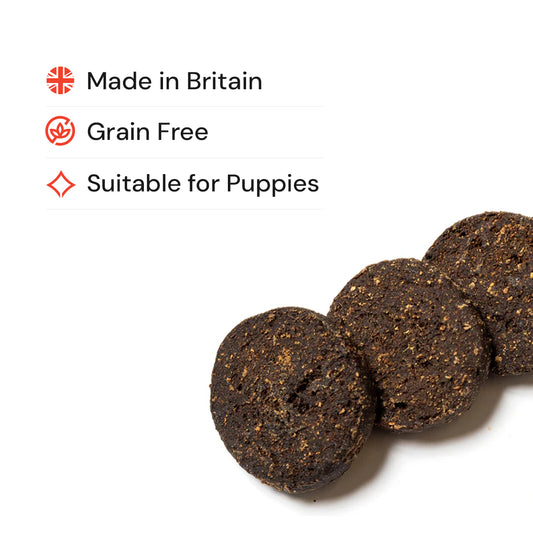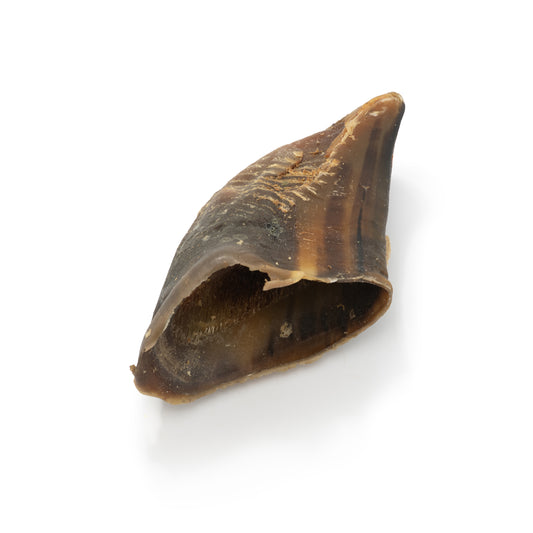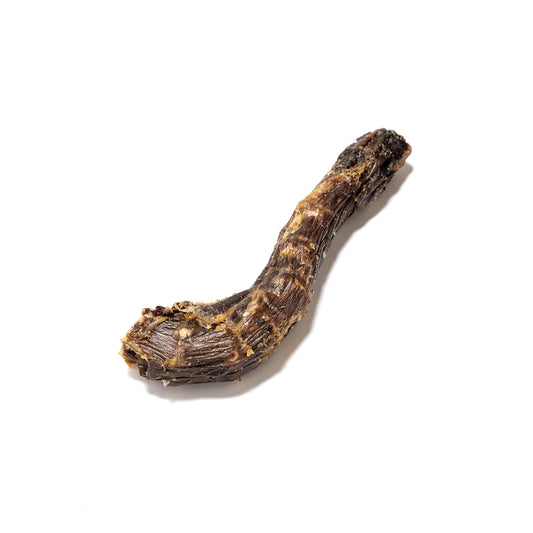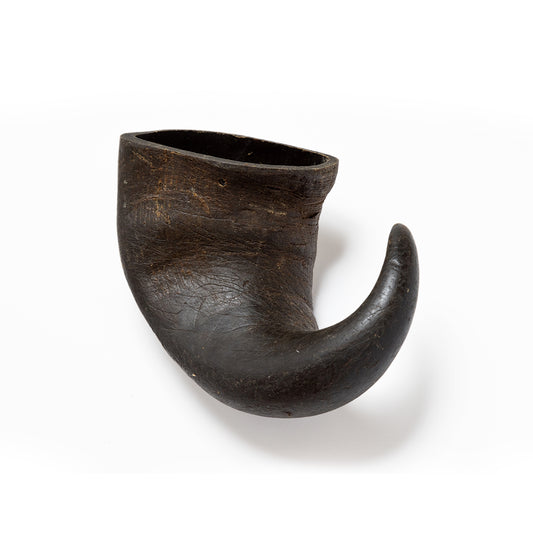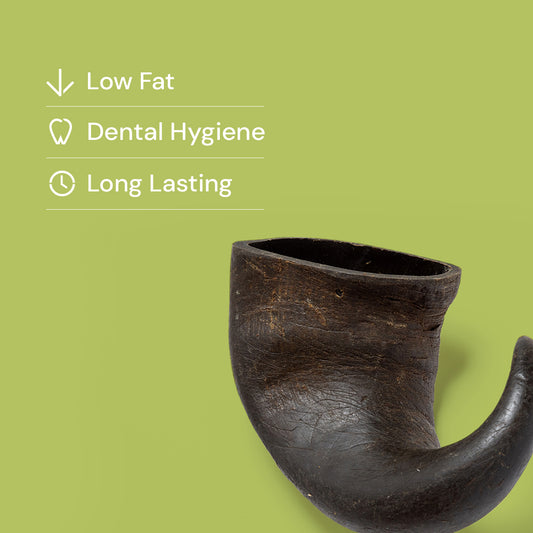
(Written by Georgia Hatton)
The days are at their longest and it’s getting warmer - summer is well and truly here! This means picnics in the park, barbeques in the garden and day trips to the beach. Many of our dogs also enjoy the warm weather, but it is vitally important to help them stay cool and comfortable.
When dogs get warm, they pant. The air they breathe in is heated inside the lungs, and expelled through the mouth, transferring the extra body heat back out to their environment and away from their bodies.
Inside the bones of the nose are structures called turbinates. These are a complex, membrane-lined maze of passages through which air must flow. The warm air coming into the body takes up moisture from the surface of these turbinates by evaporation and this cools them down! (Try it for yourself - wet the back of your hand and blow across it, it feels cooler where it is wet than where it is dry!).
The blood in these capillaries is cooled as well, and that helps to lower the body temperature. The more turbinates there are, the more effective this cooler mechanism is. Whilst all dogs are at risk of developing heat stroke, some are susceptible to it. Brachycephalic breeds - those with short faces such as bulldogs and pugs - are even more at risk.The shortened muzzle length results in less room for these cooling turbinates.

Compare the length of the nose between a brachycephalic and normal breed - you can see how much less space turbinates have
Aside from this, dogs who are overweight, very young, elderly or heavily coated are also all at increased risk, as are very active dogs. Large dogs are more likely to suffer from heatstroke when compared to small or medium sized.

Signs of Heatstroke
A dog's core temperature should be between 38 and 39 degrees celsius. The higher it is above this, and the longer for, the more likely damage to internal organs is. In warm weather, be vigilant with your dog. Avoid exercising them in the heat of the day, provide cool places to rest, and ensure a plentiful supply of fresh water is always available, and watch for the following symptoms.
Heatstroke can progress quickly, and if you see any of the signs below, contact your vet immediately:
- Heavy panting, even after exercise has ceased
- Stiffness
- Lethargy and unwillingness to move
- Being sick
- Seeming “drunk” - unable to walk in a straight line, or collapsing
- Fitting
Time is of the essence - whilst research has shown that 1 in 7 dogs who are hospitalised with heat stroke will die, 98% of dogs who are seen whilst symptoms are at their mildest will survive.

But dogs are fine in other, much hotter countries…
That is true - but that is due to the process of acclimatisation! In a short period of hot weather dogs have a number of responses to the heat - these are short term measures and include panting, sweating (through their paws!), drinking more and seeking cold areas to lie in.
As exposure to heat stress continues the body undergoes a series of internal changes - these affect the endocrine, circulatory and nervous systems at a cellular level - which enables the body to respond better to heat stress, and get less warm in hot weather! This takes a number of weeks to be achieved, and dogs in the UK don’t get this chance - one day it can be 10 degrees cooler and raining than the next!

Photo by Anton Shuvalov on Unsplash



